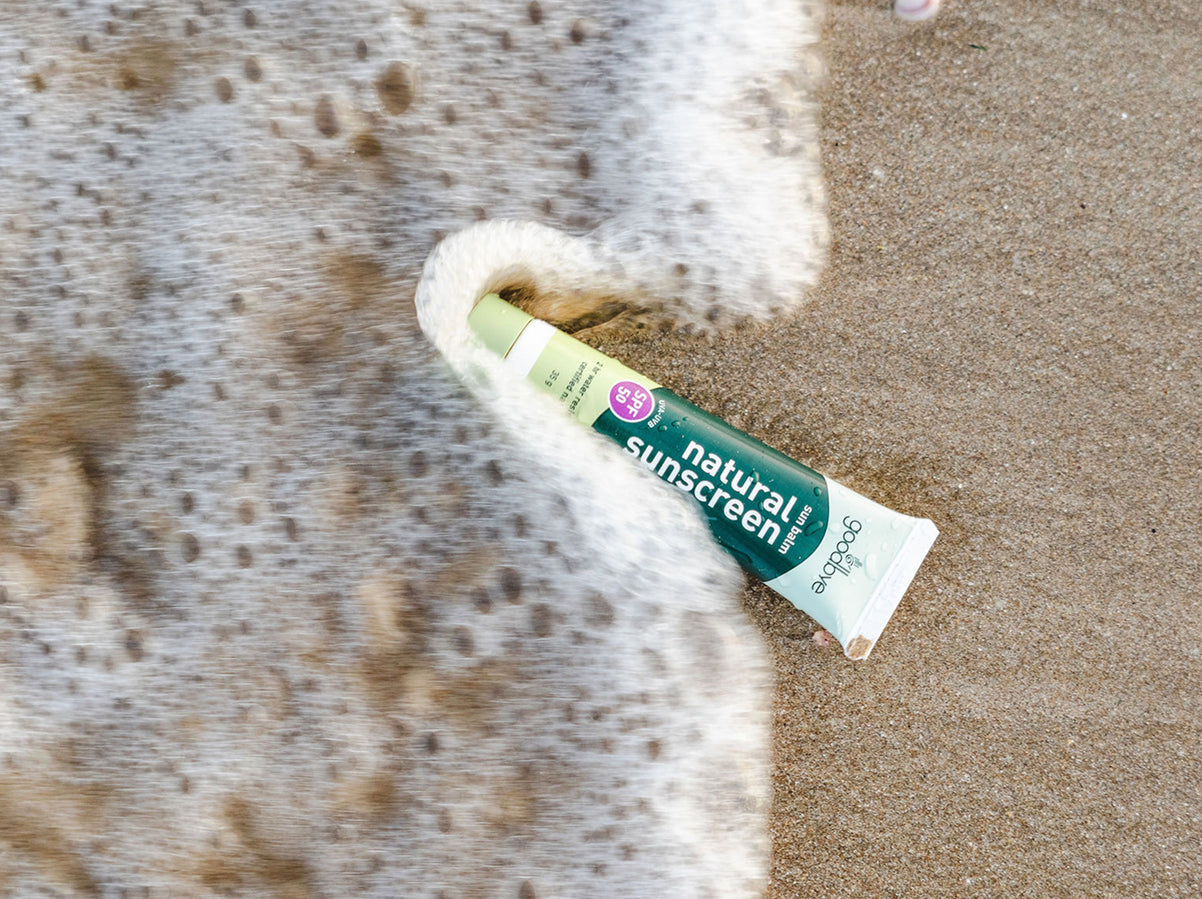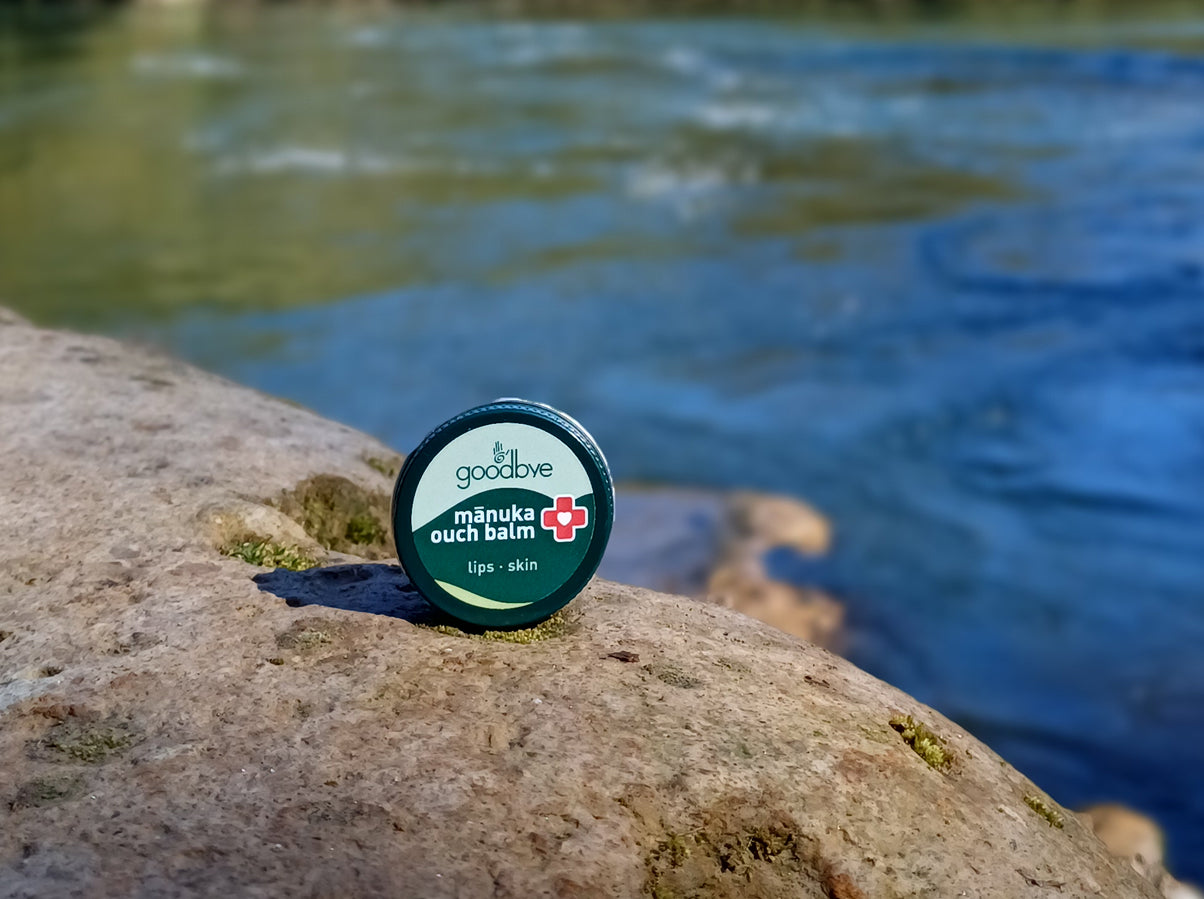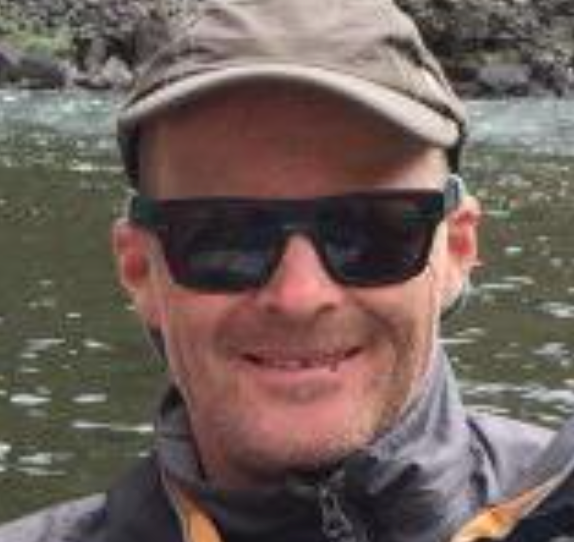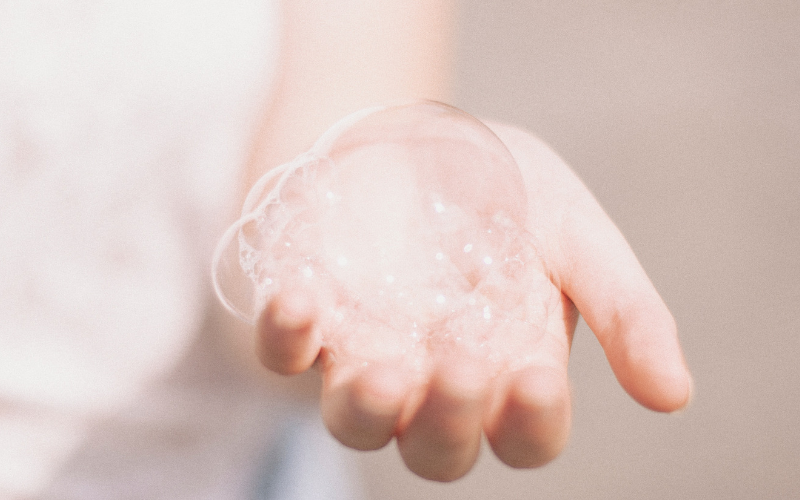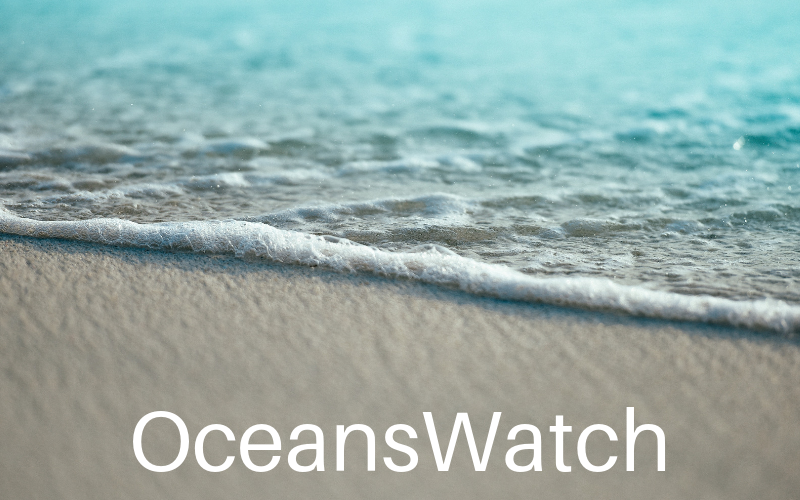Teaching Kids to Surf
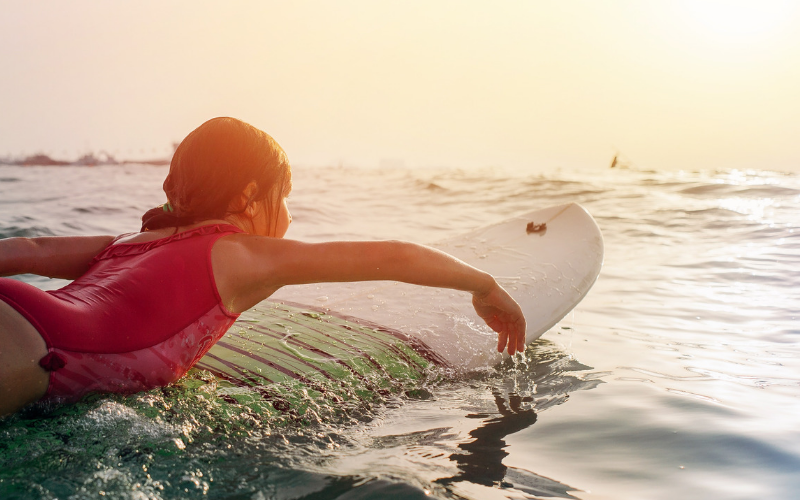
Great Fun for the Whole Family
from Becky
It's raining up here in Northland, we're in a tropical low, and the forecast is for days of rain ahead. If you are reading this, likely you are NOT part of the Kiwi clans with tents and campers hanging out on the beach over the holidays. So maybe you are spared the 'kids in the tent and everything is wet' experience. We're at home, but at some point, the kids will go crazy, and we will get them out of the house. To the beach, whatever the weather. Or we'll set up the plastic tarp down the hill in the paddock and put the 2mm suits on and GET REALLY WET! I think of it as amusement for our cows.
This week's article is from my husband John, who has a fine sense of balance between encouraging kids to do challenging things and letting the kids find their way at their own pace. I have watched Helena, age 7, and now Isaac, age 4, gain confidence and real skills in the ocean environment. I love the squeals of delight as they catch just the right wave with a boogie board or surfboard. Time at the beach is definitely about the waves in our family.
In health, Becky
Teaching Kids to Surf
John Sanderson
This is not an article written by a surf instructor or an expert. This is an article written by a relative newcomer to the sport, who is also a Dad. One of the reasons I started surfing was because it fit more easily into family life than some of the other sports I used to do. Another thing I realised as the kids grew and life became busier, is that if I want to cling to my precious time on a wave, I've gotta get the kids on board. Pun totally intended! So I did what any Dad would do.
A strong grounding in familiarity with water and the beach is a good place to start. I strongly believe in starting kids in swimming lessons from an early age. Swimming well is crucial for safety in all water-based activities. Water wings and other artificial floatation aids are no substitute for learning to swim, and can in fact hinder a child's confidence and swimming development. Life jackets have their place, but shouldn't be necessary in a pool or at the beach if a child is well supervised. Our family is blessed with kids that love the water and showed a lot of natural ability in swimming from an early age. Some of that was definitely fostered by letting our kids run with it, thus allowing them to explore their comfort zone.
Time at the beach from an early age is key too. Let your kids experience the ocean and waves and most will develop a love for the water, which will only grow. Be aware that there's a fine line between having fun and trashing the kids. Something I haven't always gotten right! Having a scare early on can be a real setback as confidence is everything. It's amazing how robust small children can be in waves if they're confident. Last summer we had our 2-year-old body surfing from one parent to the other and absolutely loving it. Warm water is another key. Being warm in the water is a massive boost to a child's confidence and fun levels. If you don't have access to warm water, a good fitting wetsuit is a must.
Kids can easily be enjoying time on a boogie board from about age 3. It gets them used to the feeling of catching a wave. Pretty quickly they can be catching their own broken waves in the shallows without needing a push and managing themselves in the water.
Surfboards can slowly be introduced once kids have really good confidence on a boogie board. Soft tops are the way to go: there's a lot of buoyancy making them easier to stand up on, and being soft means there's less chance of injury in a wipeout. Don't force the issue. Start bringing the boards to the beach early on when they're doing other beach play and eventually they're going to want to have a go on the boards themselves.
Some Tips to Get Started:
Teach him/her the pop up on shore: in the push-up position, hands by chest, head up, pushing off toes. Then it's a push up springing off their toes, bringing the front foot forward to between the hand line, and standing up once they have their balance.
If you have a longboard, you can initially paddle onto a small wave with your child on the front, and get them used to popping up to stand on a board that you're controlling from behind.
Start your child out on his/her own board in the small white foam piles close to shore. They will need a good push as the board will have a tendency to nose dive unless it is going faster than the wave at the point the wave starts to push the board.
The paddling will come later. Once your kid is standing on a wave they're away and they'll be hooked. But the basics are long smooth strokes, head, and shoulders up off the board, keeping the hands shallow in the water to reduce drag.
Kids love to do things with other kids, so if you can get their friends surfing at the same time, they will likely progress faster.
Here's a useful link of a surf school in Costa Rica teaching kids to surf.
This is a useful link on how to do and/or teach your child to pop up.
There are also some good YouTube videos on paddling out: techniques to get through the waves, including turtle rolling and duck diving.
Good luck and remember not to trash the kids while your partner is watching!
p.s.
The world is mud-luscious and puddle-wonderful.
~E.E. Cummings


